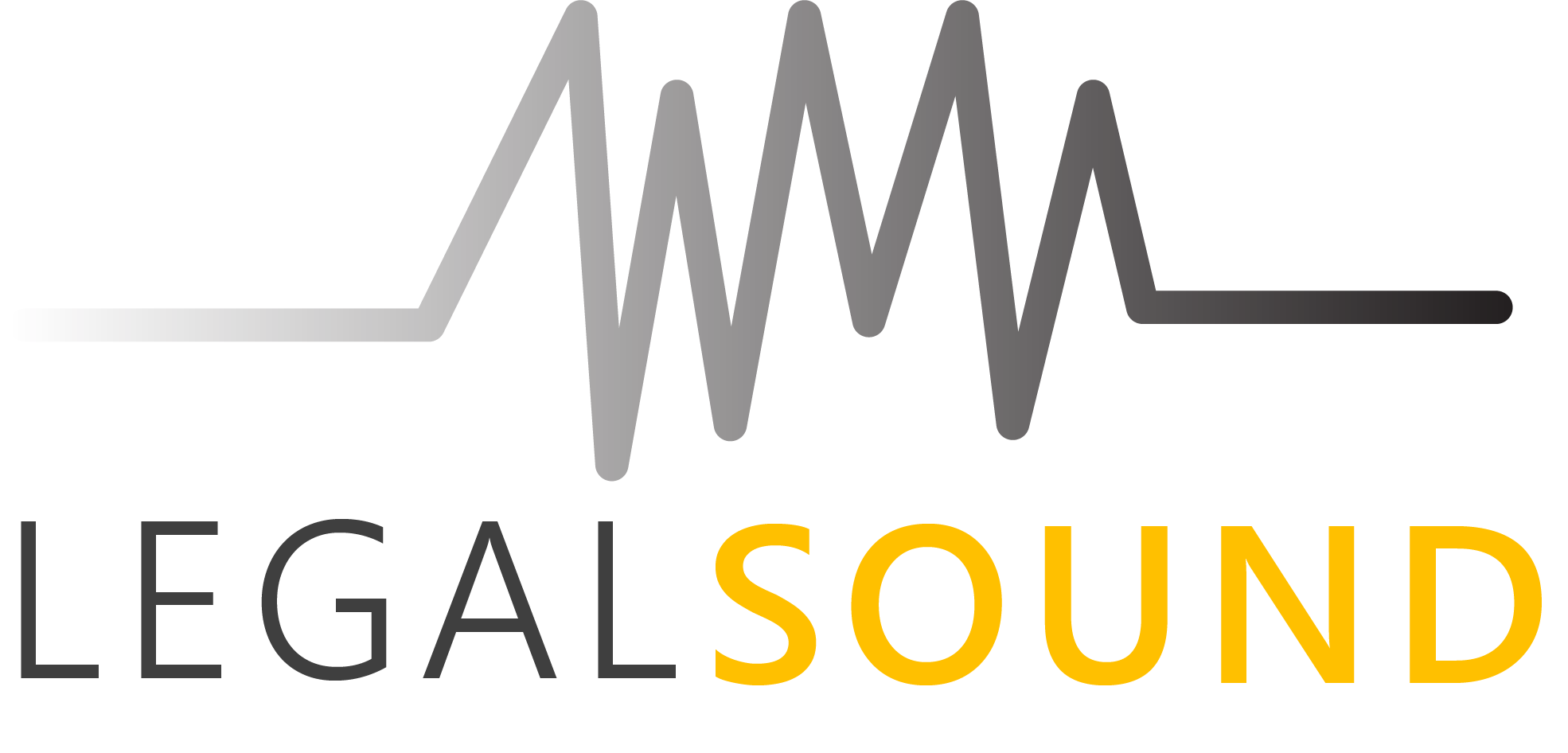
PMVA (Prevention and Management of Violence and Aggression) training equips professionals with a diverse set of skills, including physical intervention methods, to ensure the safety of individuals and staff in potentially volatile situations. This article sheds light on the critical importance of prioritizing safety and best practices when employing physical intervention techniques within PMVA training programs.
PMVA practitioners must have a thorough understanding of the context in which physical intervention may be necessary. This includes recognizing the signs of escalating aggression, assessing potential risks to safety, and determining the appropriateness of physical intervention as a last resort. Physical intervention should only be considered when all other de-escalation techniques have been exhausted, and there is an imminent threat of harm to individuals or others.
Training and Competency:
Effective PMVA training programs emphasize the importance of comprehensive training and ongoing competency assessment for practitioners involved in physical intervention. Training should cover a range of techniques tailored to different scenarios and populations, including individuals with diverse needs and vulnerabilities. Practitioners must be proficient in techniques such as restraint holds, escorting, and guiding individuals safely to prevent injury and minimize the risk of harm.
Prioritizing Safety:
Safety is paramount when employing physical intervention methods in PMVA settings. Practitioners must prioritize the safety of all individuals involved, including the individual exhibiting aggressive behavior, staff members, and bystanders. This entails conducting risk assessments, ensuring sufficient staffing levels, and implementing control and restraint techniques in a manner that minimizes the risk of injury and trauma.
Minimizing Risk:
PMVA practitioners are trained to minimize the risk of injury when employing physical intervention methods. This includes using techniques that are proportionate to the level of threat posed by the individual and avoiding excessive force or restraint. Practitioners must be aware of the potential risks associated with physical intervention, such as positional asphyxia, musculoskeletal injuries, and psychological trauma, and take appropriate measures to mitigate these risks.
Collaborative Approach:
Physical intervention should always be approached collaboratively, with a focus on teamwork, communication, and coordination. Practitioners must work together effectively to ensure the safe and controlled management of aggressive behavior. This may involve assigning specific roles and responsibilities to team members, maintaining clear lines of communication, and debriefing after incidents to identify areas for improvement.
Legal and Ethical Considerations:
Practitioners must also consider legal and ethical considerations when employing physical intervention methods. This includes adhering to relevant legislation and guidelines governing the use of force, ensuring that interventions are justified, proportionate, and necessary, and upholding individuals’ rights and dignity throughout the intervention process.
In conclusion, mastering physical intervention methods requires a thorough understanding of safety principles, best practices, and legal and ethical considerations. PMVA training programs play a crucial role in equipping practitioners with the knowledge, skills, and competencies necessary to employ physical intervention techniques safely and effectively, ensuring the safety and well-being of individuals and staff in challenging environments.


